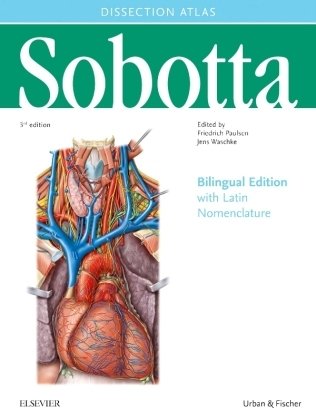The dissection lab is due? Then the new updated Sobotta Dissection Atlas, updated with images from Sobotta Atlas of Anatomy Ed. 16, is a must-have! This convenient hands-on atlas compiles all essential anatomic images necessary for successful dissection. It's spiral binding and firm, wipeable pages make the Dissection Atlas the ideal companion for the dissection lab. The Dissection Atlas combines itself with all other atlases or lecture notes with ease. It's particularly detailed and realistic images make it easy to clearly recognise anatomic structures and, therefore, to master hands-on situations in the dissection lab. Ideally equipped for dissection labs: 1) Step-by-Step: Structured along body regions, the anatomic structures are bundled by chapter following the order in your course 2) Layer-by-Layer: Successive images allow effortless understanding of every single step in the dissection process 3) For those who already study with the Sobotta Atlas:The chapter division is consistent with that of the three-volume Sobotta Atlas of Anatomy Ed.16, which facilitates consulting your Atlas for reinforced learning.Bilingual Edition German - English with Latin Nomenclature



